Hue plans new services at heritage complex
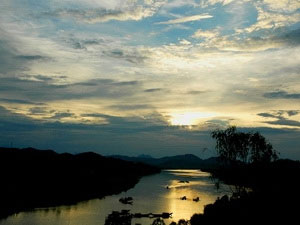
Under the programme, the province will offer transport services using environmentally-friendly vehicles like bicycles, electric cars, horse-drawn carriages and boats, to tourists to travel between attractions in the city.
At Vong Canh hill, which overlooks Perfume River, a pavilion will be built following the traditional architectural style of Hue and telescopes installed to give visitors a chance to fully enjoy the scenery. There will be tours bringing tourists from Vong Canh to other sites such as Nam Giao altar, Ho Quyen (tiger fighting) arena – Voi Re temple, tombs of Hieu Dong, Thieu Tri and Cao Hoang, and Hon Chen temple.
By late December, Hue welcomed nearly 2 million visitors, earning a record 100 billion VND from sight-seeing fees and services.
The complex of royal relics in Hue was recognised as a UNESCO World Heritage Site in 1993. The city was the capital of Vietnam under the Nguyen dynasty from 1802 until 1945.
What the stars mean:
★ Poor ★ ★ Promising ★★★ Good ★★★★ Very good ★★★★★ Exceptional
Latest News
More News
- Potential rises for golf tourism boom (November 06, 2024 | 15:17)
- Ba Ria-Vung Tau strengthens regional links to bolster tourism (November 04, 2024 | 10:00)
- Vietnam attracts growing interest from global travellers (October 28, 2024 | 17:59)
- Vietjet receives latest aircraft from Airbus in France (October 08, 2024 | 18:02)
- Telling travel stories through movies (October 08, 2024 | 14:00)
- South Korean tourists lead Vietnam’s tourism revival (October 08, 2024 | 11:49)
- Vietnam a golden land for golf tourism (October 08, 2024 | 11:41)
- Con Dao leads the way in circular tourism (October 08, 2024 | 08:00)
- Nestlé and VNAT announce new cooperation initiative (October 02, 2024 | 15:43)
- Hanoi recognises new city-level tourist areas (September 27, 2024 | 20:25)




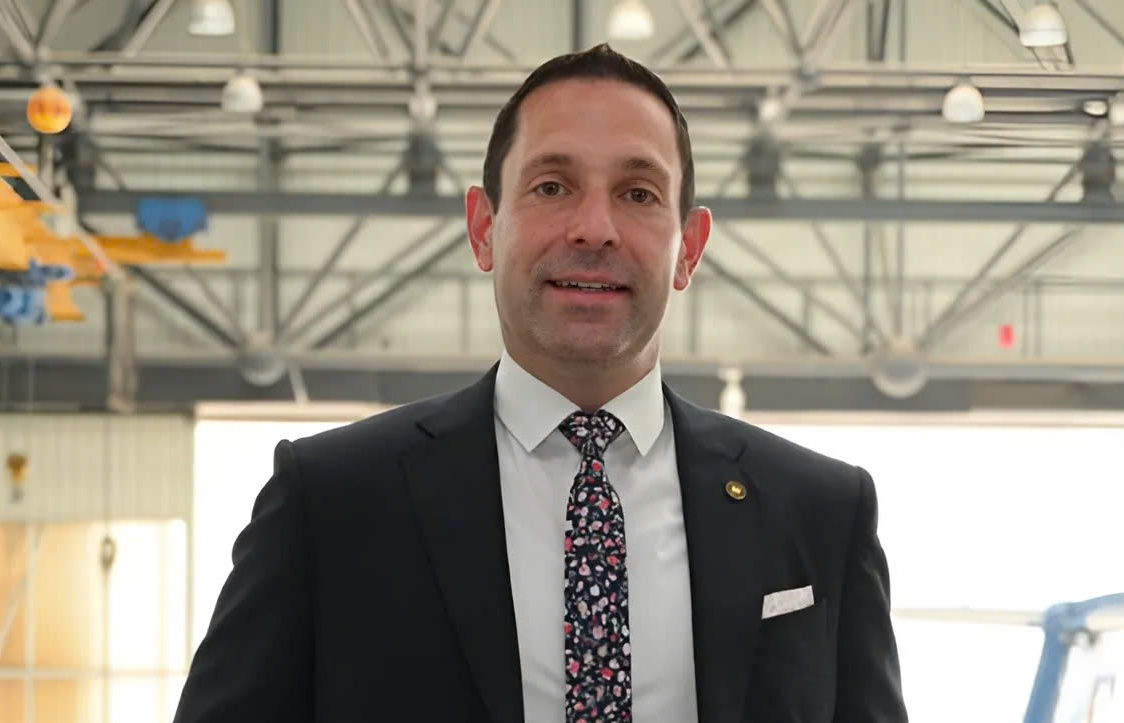
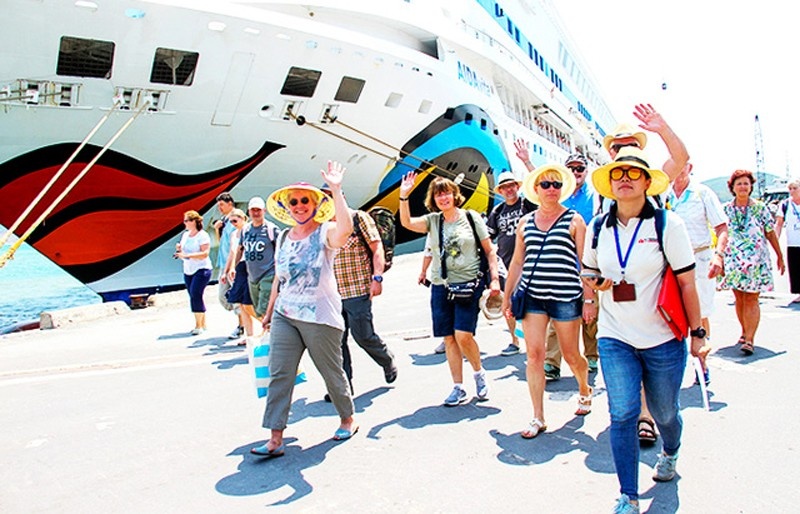
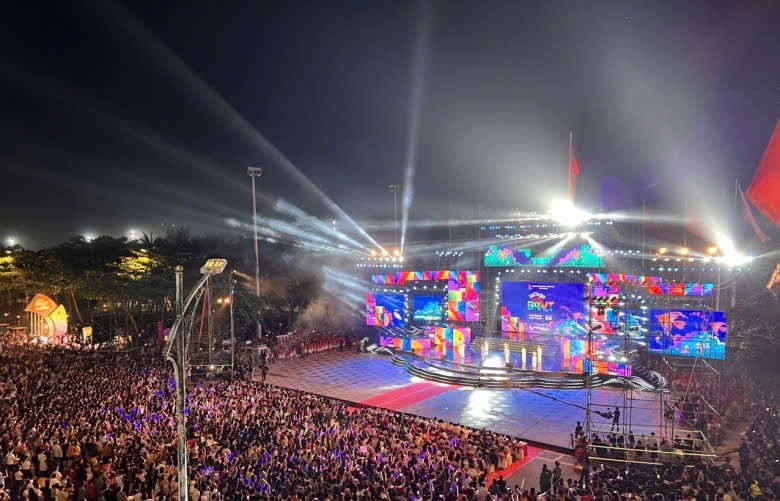






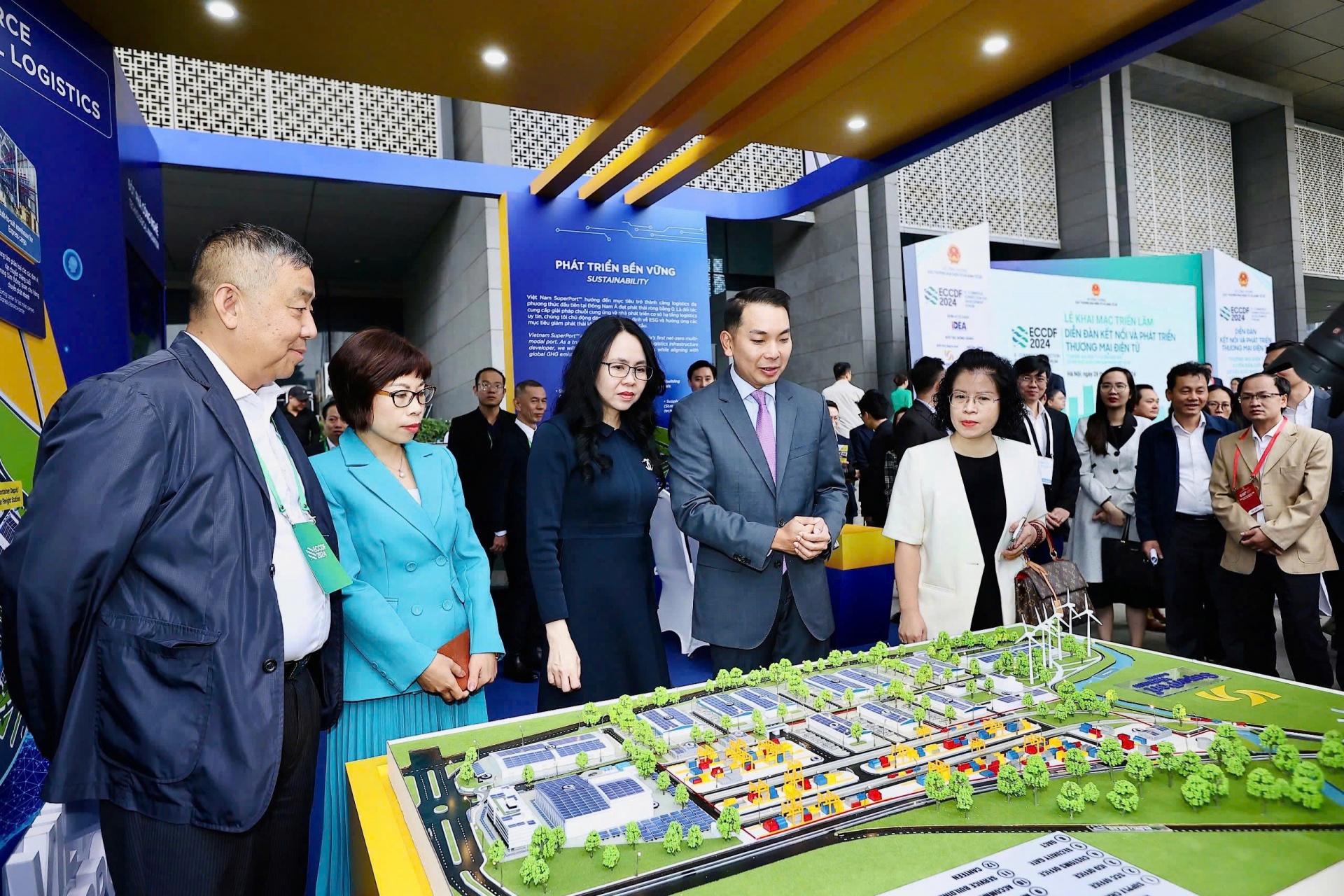
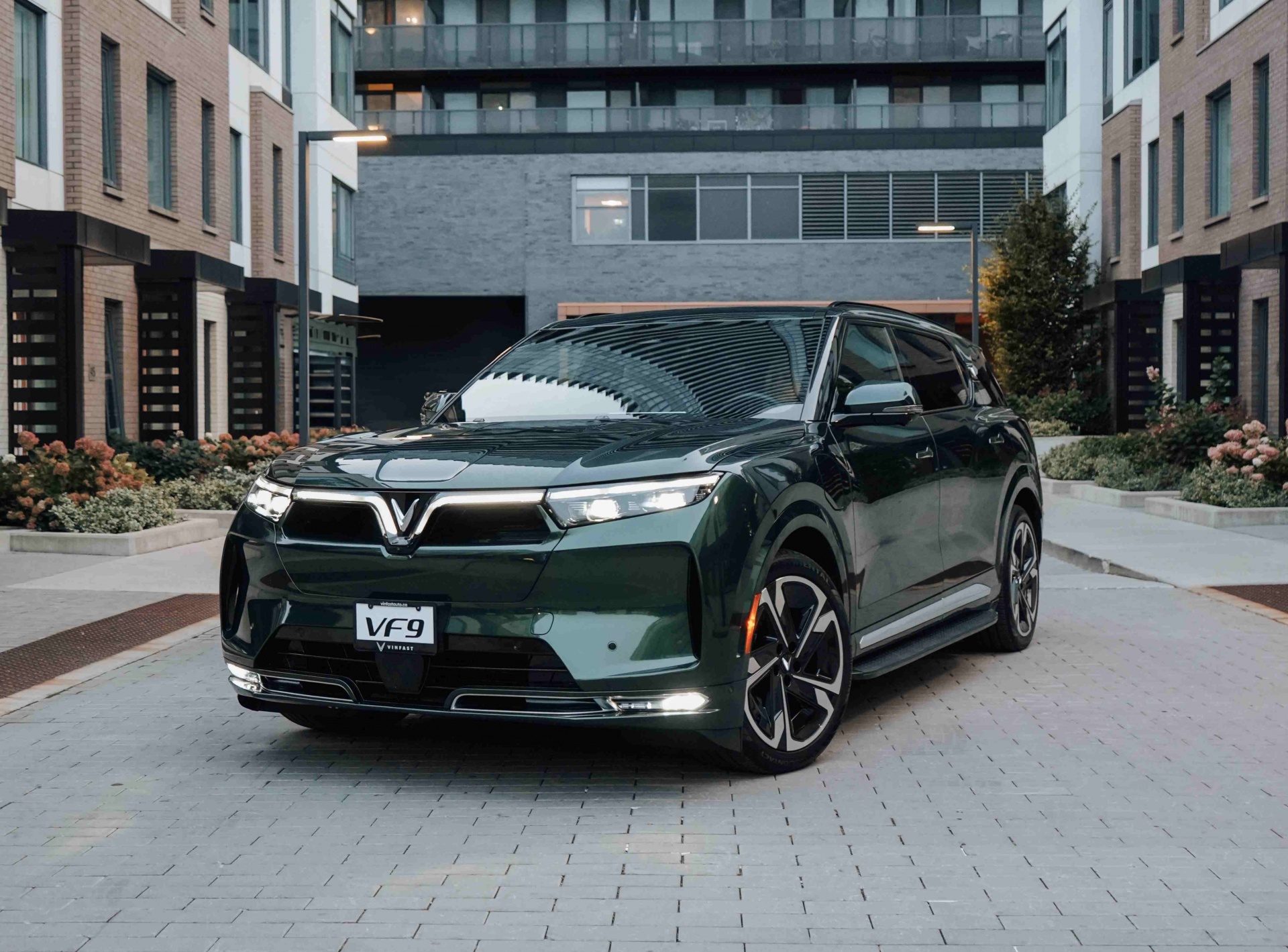

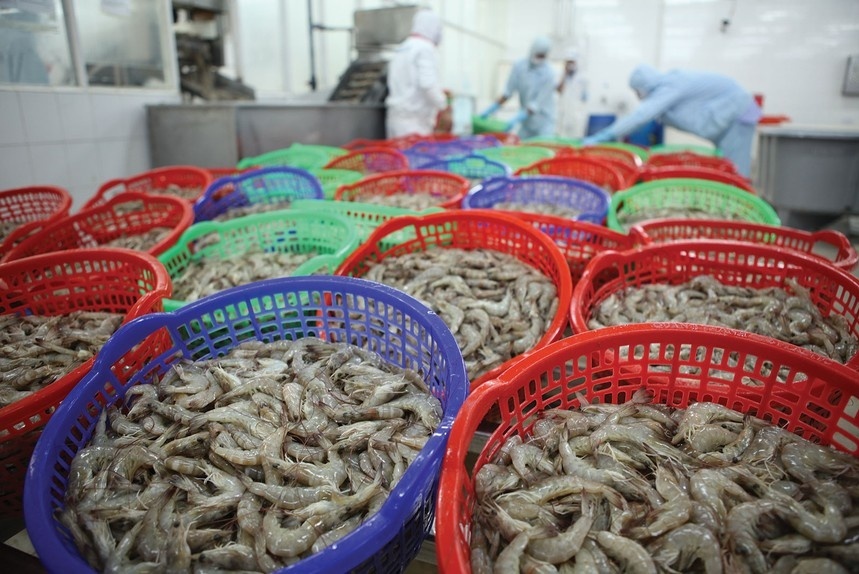



 Mobile Version
Mobile Version